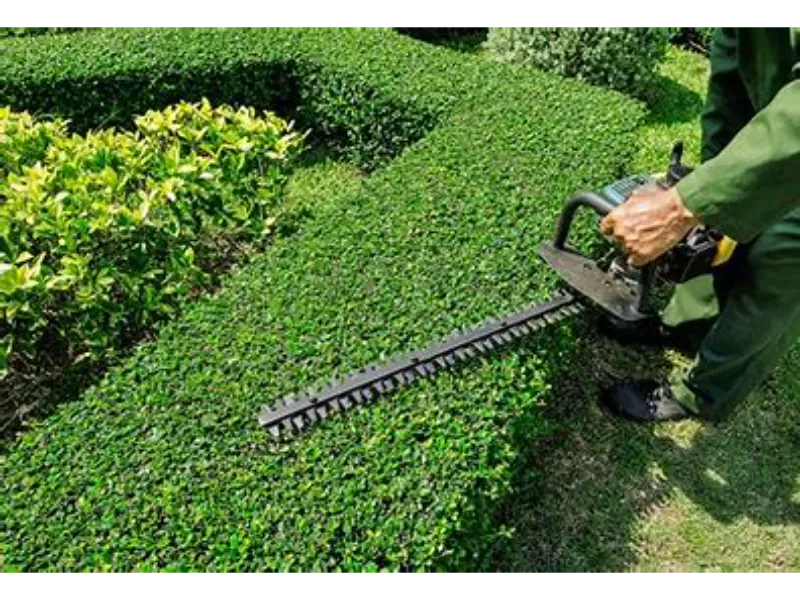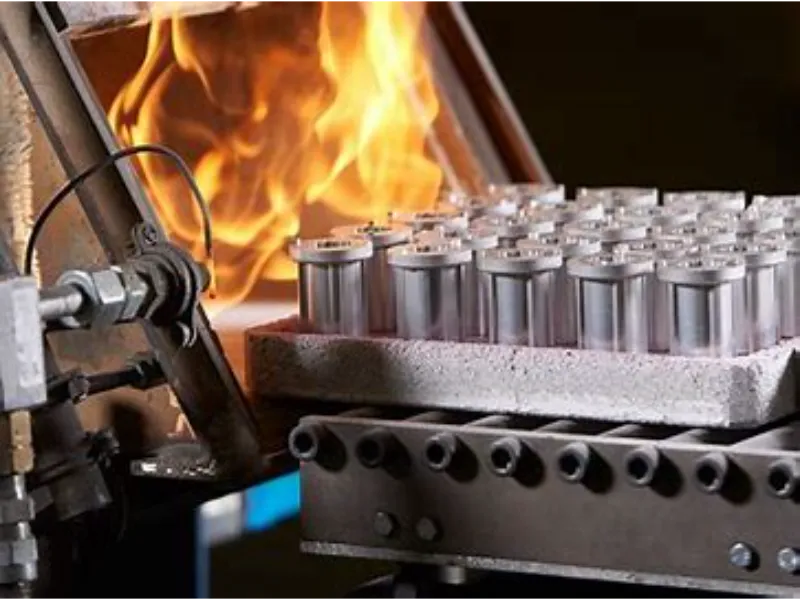I.Guide to Sintered Gears: Gear Manufacturing
Powder Metal Gears, often referred to as Sintered Gears, represent a groundbreaking advancement in the field of gear manufacturing. Utilizing the principles of Powder Metallurgy (P/M), these gears are created through processes like sintering and powder forging. In this comprehensive guide, we delve into the intricacies of powdered metal gears, exploring their types, manufacturing processes, applications across diverse industries, and much more.
II. Types of Powder Metal Gears
The foundation of powder metal gears (Sintered Gears) technology lies in various gear types, each designed to cater to specific applications. Spur gears serve as the fundamental building blocks, providing a robust base. Helical gears bring precision to motion, while bevel gears seamlessly blend efficiency with innovation. Sprocket gearboxes further exemplify the evolution of gear manufacturing.
1. Spur Gears: The Foundation of Powdered Metal Gear Technology Spur gears, essential components in powdered metal gear technology, embody simplicity and durability. Their straight teeth ensure efficient power transfer, making them foundational for various applications, from automotive to industrial machinery.
III.The Manufacturing Process of Sintered Gears
Powder Metallurgy, a transformative manufacturing technique, is at the core of creating powdered metal gears. Sintering, a crucial step, imparts strength and durability. Powder forging enhances compression strength, while machine finishing ensures precision in the final product. Together, these processes contribute to the superior quality of Sintered gears.
IV.Sintered Gear Applications
Exploring the extensive applications of powdered metal gears unveils their versatility in powering a range of industries. Noteworthy applications include:
- Reduction Gears: Efficiently lowering the rotational speed of a driving device to enhance output torque, ensuring optimal performance in various machinery.
- Transmission Gear Systems: Vital components in the transmission systems of automobiles and machinery, delivering seamless power transfer and reliable functionality.
- Decoupled Gears: Revolutionizing transmission stability with specially designed gears, ensuring minimized vibrations and improved overall performance.
- Mass Balancer Gears: Counteracting undesired vibrations in engines and machinery, enhancing system balance and reducing wear on critical components.
- Camshafts and Crankshafts: Precision-crafted gears contribute to the smooth operation of engines, regulating valve and piston movements for optimal combustion.
- Oil Pump Gears: Facilitating efficient oil circulation in engines, ensuring lubrication to critical components and maintaining overall engine health.
- Scissor Gears: Employed in various mechanisms, scissor gears provide synchronized movement, crucial in applications like scissor lifts and other lifting equipment.
- Planetary Gears: Essential in planetary gear systems, distributing load and torque evenly, commonly used in automatic transmissions.
- Drive Pinions and Planet Gears: Integral components in gear assemblies, enabling controlled movement and power distribution in diverse machinery.
- Sprockets and Pulleys for Connecting Systems: Serving as connectors in power transmission systems, facilitating smooth and controlled movement.
- Fluid Transfer Gears: Applied in pumps and fluid handling equipment, ensuring precise fluid transfer in various industrial processes.

V. Advantages and Limitations of Sintered Gears
The advantages of powdered metal gears include enhanced efficiency, cost-effectiveness, and versatility in applications. However, like any manufacturing process, there are limitations that warrant consideration. Addressing these challenges is crucial for optimizing P/M gear manufacturing.
Limitations of Sintered Gears: Strength, Size, and Material Constraints
VI. Applications Across Industries
Powdered metal gears find applications across a spectrum of industries. In the automotive sector, they drive innovation on the roads, while in the medical industry, precision in healthcare equipment is paramount. From agriculture to marine applications, these gears enhance performance in various fields.Welle’s plant facilities are certified to IATF 16949 and ISO 9001.
Automotive: Powdered metal gears improve transmission efficiency and vehicle performance. They produce engine, transmission, steering, fuel, suspension, brake, and electrical system components.
Power Tools: These gears ensure precision and durability, powering torque and speed control in power and hand tools.
Medical Industry: Precision sintered gears support reliable medical devices, including gearboxes and dispensing devices, made to tight tolerances under ISO 9001:2015 standards.
Domestic Appliances: Powdered metal gears enhance the efficiency and longevity of household appliances like washing machines and blenders.
eMobility: They enable smooth power transitions in electric vehicles, driving sustainable transportation.
Agriculture: Sintered gears ensure reliable operation of machinery such as tractors and harvesters.
Power Transmission: They contribute to efficient power transfer across industrial applications.
Fluid Handling: Powdered metal gears ensure precise pump and fluid system operation.
Marine: These gears provide robust performance in marine equipment.
Recreational: They improve durability and performance in recreational vehicles and sports equipment.
Material Handling: Sintered gears optimize smooth movement in logistics and manufacturing.
Convey Technology: They enable precise conveyor system operations.
eBikes: Powdered metal gears provide reliable power transmission for electric bikes.
Outdoor Power Equipment: These gears enhance the reliability and lifespan of equipment like lawnmowers and chainsaws.
These applications underscore the broad-reaching impact of powdered metal gears, emphasizing their significance in powering essential components across various industries, ultimately driving innovation, efficiency, and sustainability.

VII. Materials Used in Sintered Gears
The materials used in powdered metal gears play a pivotal role in their performance. From copper and iron alloys to bronze, brass, carbon steel, and stainless steel alloys, manufacturers have a spectrum of choices to meet specific requirements.
Harnessing powder metallurgy, gears of diverse sizes and profiles—straight, double, or helical—can be crafted from various steels. Notably, sinterhardened steels (e.g., SAE 4600 series) exhibit high hardness post-sintering, eliminating the need for additional heat treatment. Copper and iron alloys, including brass (e.g., C26000, C27000) and bronze (e.g., C51000, C62300), are commonly employed. Brass features adjustable zinc levels for ductility, and bronze offers superior strength, corrosion resistance, and wear resistance. Carbon steel (e.g., AISI 1018, AISI 1045), known for machinability and wear resistance, remains cost-effective. Stainless steel alloys (e.g., AISI 300 series), with varying compositions, provide different levels of wear and corrosion resistance, offering versatility in gear manufacturing.
VIII. American Gear Manufacturers Association (AGMA) Standards
AGMA sets the standards for gear manufacturing excellence, ensuring that powdered metal gears adhere to stringent quality benchmarks. These standards contribute to the reliability and performance of gears in diverse applications.
IX. Common Questions About Powdered Metal Gears
- What makes powdered metal gears an ideal choice in manufacturing?Re:Powdered metal gears excel due to their direct geometry shaping in the compacting operation, a feature of powder metallurgy technology.
- How does powder metallurgy technology shape gear geometry directly?Re: Powder metallurgy enables direct shaping of gear geometry, allowing for versatile sizes and profiles (straight, double, or helical).
- Which steels, including specific alloy grades, are commonly used in powdered metal gears? Re: Common materials include sinterhardened steels (e.g., SAE 4600 series), carbon steel (e.g., AISI 1018, AISI 1045), and copper/iron alloys like brass (C26000, C27000) and bronze (C51000, C62300).
- Why are sinterhardened steels significant in gear production? Re:Sinterhardened steels, exemplified by the SAE 4600 series, exhibit high hardness post-sintering, eliminating the need for additional heat treatment.
- What are the key attributes of copper and iron alloys, such as brass and bronze, in gear manufacturing? Re: Copper alloys, such as brass (C26000, C27000), offer ductility, while bronze (C51000, C62300) provides superior strength, corrosion resistance, and wear resistance.
- Can you explain the advantages and variations in stainless steel alloys used for powdered metal gears? Re:Stainless steel alloys (e.g., AISI 300 series) with diverse compositions offer different levels of wear and corrosion resistance, enhancing the versatility of powdered metal gears.

